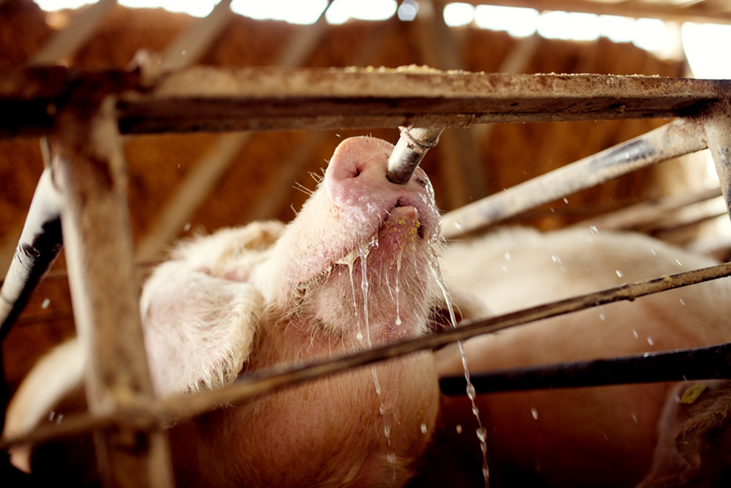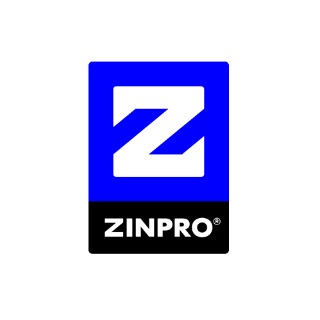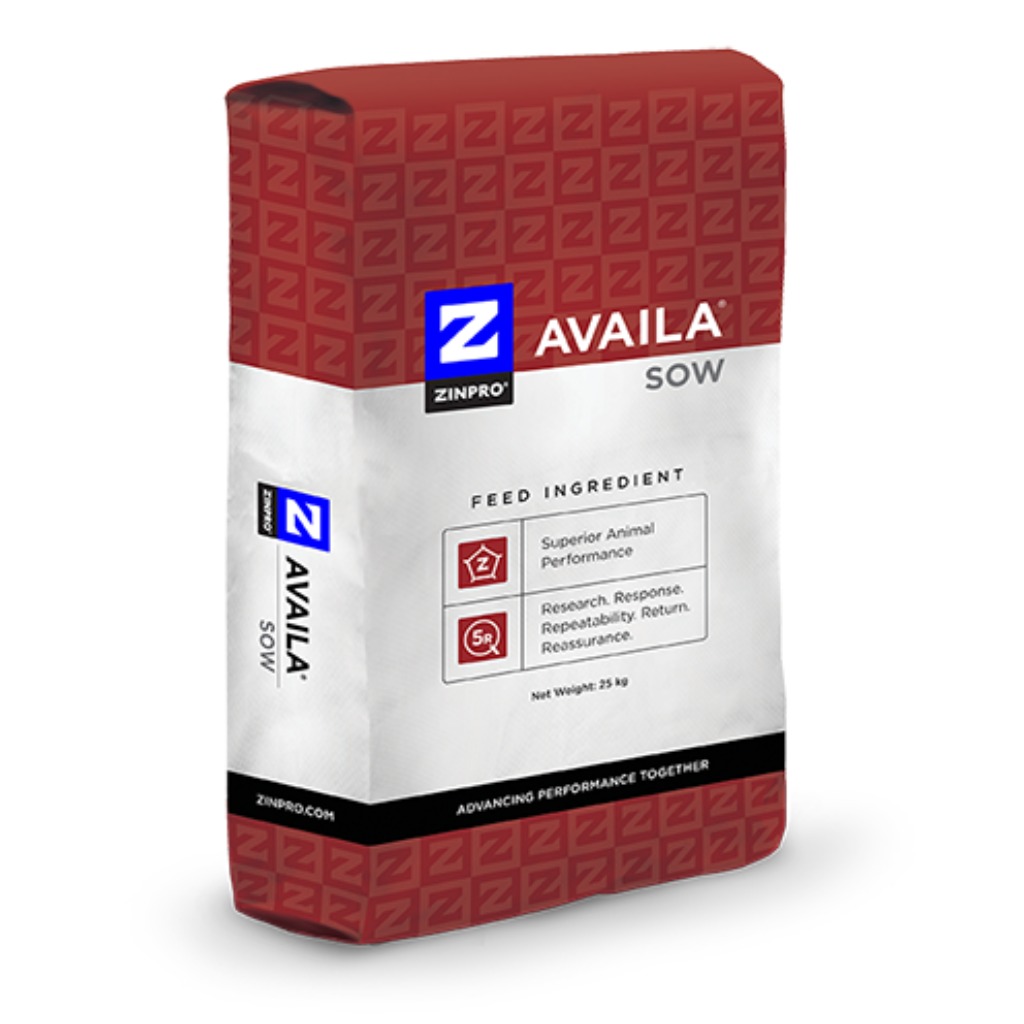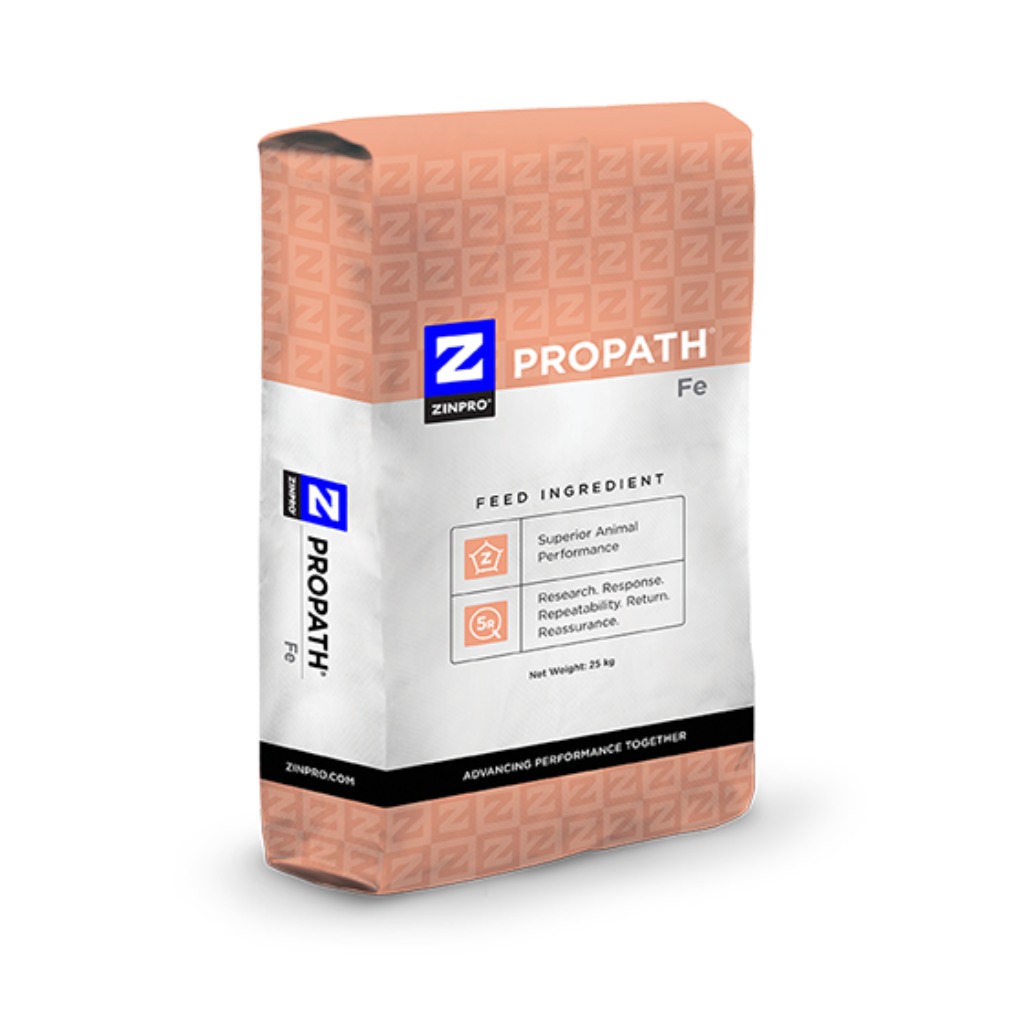¿Cómo hacer frente al calor? Parte 2
Instalaciones, refrigeración y ventilación
Existen diversos métodos para reducir los efectos negativos del estrés por calor. Las instalaciones, los sistemas de refrigeración y la ventilación desempeñan un importante papel para lograrlo. La instalación de estanques con agua, humedecer y refrescar la superficie del suelo de las naves y los animales mediante la pulverización o nebulización con agua, así como el uso de almohadillas refrescantes en combinación con el sistema de ventilación son métodos ampliamente utilizados en las granjas de cerdos. También es importante asegurar que haya suficiente espacio en las instalaciones y que los animales dispongan de suficiente agua fría de buena calidad. Por otra parte, el aislamiento adecuado de los tejados y los edificios es crucial para evitar la exposición al calor, si bien a menudo ajustes sencillos como el uso de aislamiento, evitar la exposición al calor directo de las tuberías y los tanques de agua, así como la limpieza de los sistemas de refrigeración antes del inicio de la estación estival son medios eficaces para asegurar una refrigeración eficiente.
En concreto, se puede utilizar un sistema de goteo en el cuello para refrescar a las cerdas lactantes, así como sistemas de refrigeración con salidas justo sobre su cabeza. Las cerdas lactantes son muy sensibles al calor y prefieren una temperatura ambiente de entre 18 y 20°C. Una cerda con estrés por calor a menudo no come lo bastante para producir leche suficiente, lo que da lugar a bajas tasas de crecimiento de los lechones hasta el destete y a la utilización de su propia grasa corporal para compensar. Esto deja a la cerda en una mala condición corporal y reproductiva, lo que puede conducir a su sacrificio. A menudo la fertilidad de los machos también se ve negativamente afectada, lo que contribuye aún más a la reducción de los resultados de la cría.

Necesidad de ajustar la alimentación
Dado que la reducción de la ingesta de alimento es uno de los primeros signos del estrés por calor y el que más consecuencias negativas comporta, es importante revisar de forma crítica la gestión y la composición de la alimentación. Los cambios en la gestión de la alimentación durante el verano pueden incluir:
- aumento de la frecuencia de administración de comida,
- administración de comida húmeda, cuando sea posible,
- reducción de la dosis de comida en cada administración,
- administración de las comidas a horas en que las temperaturas sean más bajas,
- desarrollo de estrategias para controlar la calidad, el flujo y la temperatura del agua.
Por otra parte, durante las altas temperaturas, la formulación del alimento debe adaptarse a fin de asegurar que no se desperdician nutrientes valiosos y que el animal tenga disponibles energía y aminoácidos suficientes para un crecimiento saludable y un buen rendimiento reproductor. Puede utilizarse una formulación basada en valores de energía neta, que favorezca las grasas y reduzca el nivel de fibras fermentables, a fin de limitar la cantidad de calor generado por el metabolismo y la degradación de los nutrientes del alimento.
Los ajustes de la formulación también implican aumentar la densidad de nutrientes de la dieta para compensar los menores niveles de ingesta de alimento. No obstante, el hecho de añadir ingredientes más energéticos y más ricos en proteínas puede suponer un aumento significativo del coste de la dieta. Por lo tanto, es importante formular el alimento con los aminoácidos libres habituales (lisina, metionina, treonina, triptófano), pero también equilibrar los aminoácidos de cadena ramificada, como isoleucina y valina, lo que permite reducir los niveles de proteína sin perder rendimiento. Existen también aditivos alimentarios que pueden utilizarse para mejorar la digestión y la utilización de los nutrientes de la comida (como enzimas), lo que consiguen influyendo positivamente en el metabolismo de los animales o en la neurorregulación de la ingesta de alimento, por ejemplo.

Dr Stefan Langer,
Director de desarrollo de
negocio porcino.
Zinpro Corporation
Productos
Contacto:
Contacta con nosotros a través del siguiente formulario.



